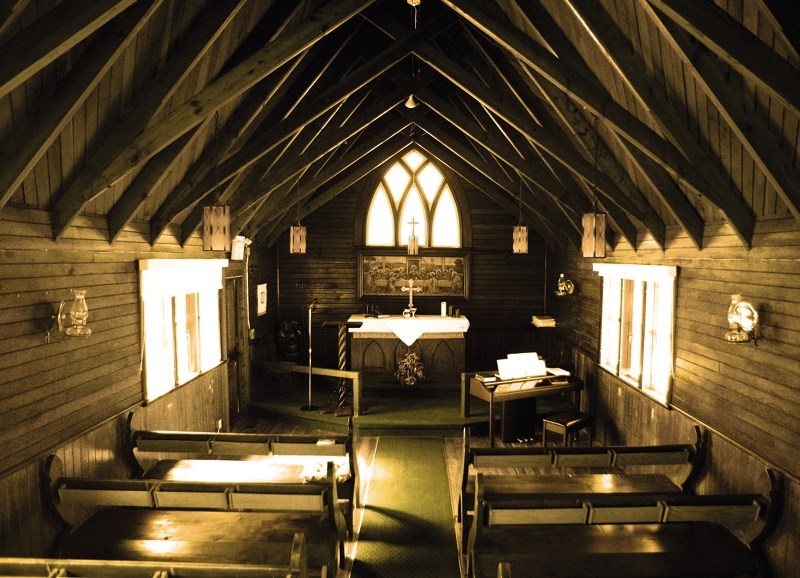Today, the town of Cochrane is one of the fastest growing communities in all Alberta, and Canada.
There was a time, however, while Cochrane was being settled that another contender existed – the former town of Mitford.
According to Acres and Empires: a history of the Municipal District of Rocky View no. 44, the town’s founding couple T.B.H “Thomas” Cochrane and Lady Adela first settled south of High River on a 55,000-acre lease, but exchanged it in 1885 for land west of Cochrane (now a part of Cochrane).
As observed in the Eagle’s article on the history of Cochrane’s founder (page 28), senator Matthew Cochrane, there is no relation between Mitford’s Thomas Cochrane and the senator.
Thomas found an area rich in timber and with the blessing of the Calgary Lumber Company he built a sawmill and bunkhouses almost five kilometres west of Cochrane. The location of the sawmill, however, contributed to Mitford’s decline, as mentioned in Acres and Empires.
Built on a bench above the Bow River, it was bordered by a steep hill to the north and the narrow valley of Horse Creek to the west, while train crews did not like stopping at the mill “because of the steep grade and a good deal of enmity developed between the Cochranes and the railway.”
But according to D.E. Brown’s 1951 thesis “A History of the Cochrane Area”, the mill had the potential to be productive, with the capacity to churn out 30,000 board feet of lumber per day. It notes that at the mill’s height, it employed 50 men.
By 1888, a hotel, store, livery stable and more bunkhouses were constructed, along with an office and drug store.
They were followed by a post office and some private homes in 1889, a saloon in 1890 and an Anglican church in 1892.
A coalmine was established in 1888, but by 1890, it was struggling with poor quality material and hard extraction process. Along with the mill’s woes, both operations were shut down that year, Brown wrote.
In an attempt to revitalize the town, Thomas constructed a brick factory, but that too proved unsuccessful after just two summers. The factory closed in 1893.
With the shuttering of the brick operation, Mitford withered.
Cochrane and Lady Adela tried another mining venture in Canmore, but that failed as well. Already on a serious losing streak, Thomas ran for a seat in Parliament in 1896 and lost, defeated by an Edmonton publisher.
The Cochranes packed up and returned to England. In 1898, a fire that began in a restaurant razed most of the town. Counting their losses, those that remained in Mitford abandoned the community that year.
Very little remains of the former town. According to ghosttowns.com, only a few scattered headstones from Mitford’s cemetery are visible.
Two buildings that survived the fire were moved to Cochrane in 1899.
The Anglican church shares property with Bethany Care Centre today, while Mitford’s saloon, which became its school house, now exists along Centre Avenue, between Powell and First Street East and is now known as King Solomon Masonic Lodge.




